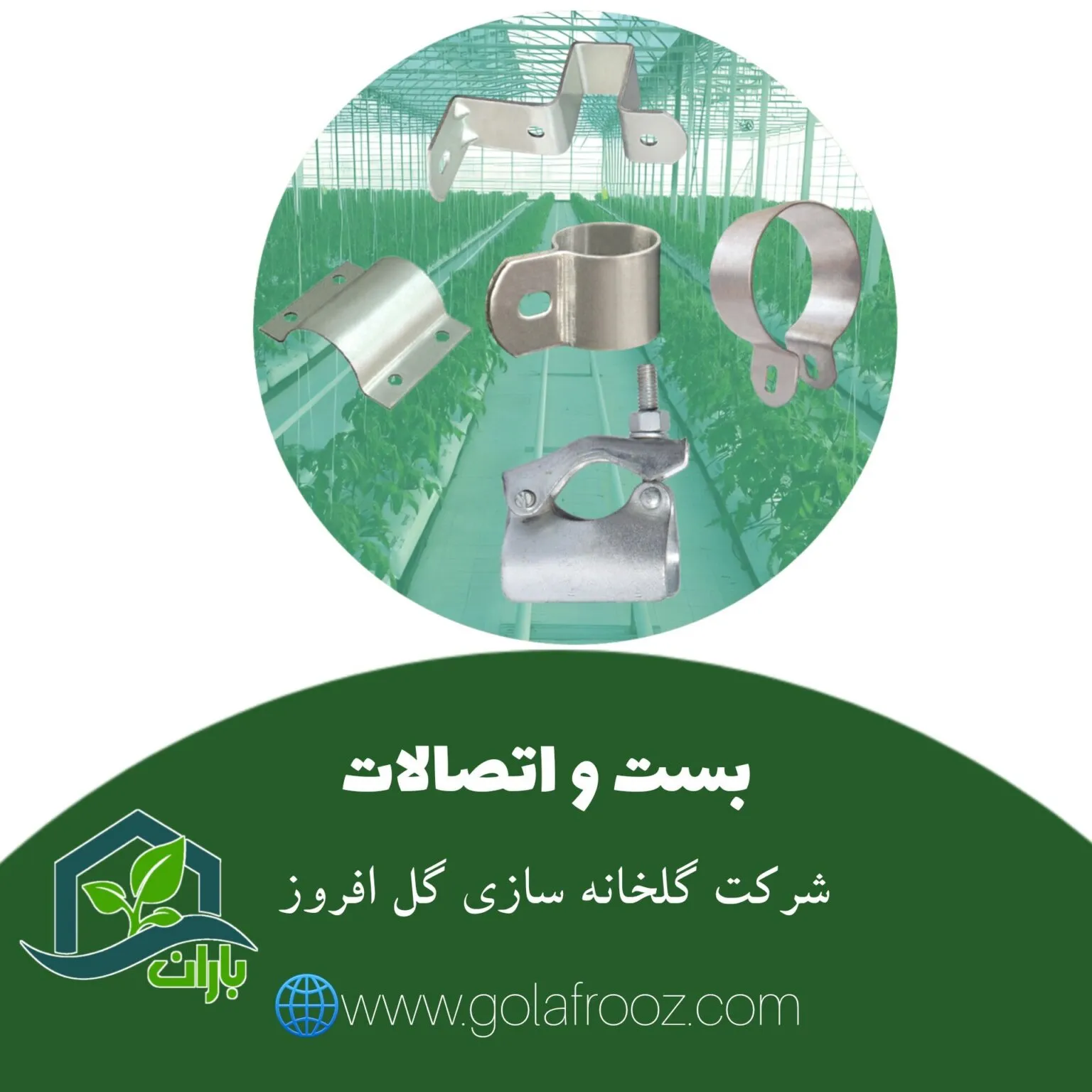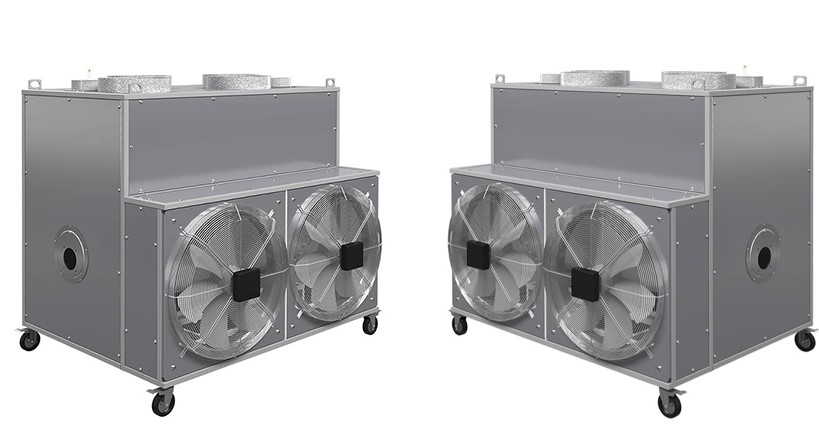Latest Update: Nov 14, 2025, 6:06:10 PM

The Spanish greenhouse, with its aesthetically pleasing and efficient arched roofs, has become a symbol of innovation in agriculture. These remarkable structures, rooted in Spain's rich architecture, have evolved over centuries and now play a crucial role in crop production. This article explores the history and evolution of Spanish greenhouses, tracing their development from the past to the present day.
Ancient Roots
Although the name Spanish greenhouse refers to a specific Spanish architectural style, the roots of these structures trace back to ancient civilizations. The Hanging Gardens of Babylon, one of the Seven Wonders of the Ancient World, is an early example of humanity's effort to control the environment for plant growth. These gardens, built in Mesopotamia, had complex irrigation systems, and plants were cultivated on various levels.
The Influence of Gothic Architecture
During the Middle Ages, Gothic architecture, characterized by pointed arches and large windows, influenced many structures, including churches and palaces. This architectural style was also utilized in greenhouse design. The arched roofs of the Spanish greenhouse, a distinctive feature of these structures, are inspired by Gothic arches. This design allows sunlight to be distributed uniformly inside the greenhouse, providing ideal conditions for plant growth.
Development of Spanish Greenhouses in the Renaissance Era
The Renaissance period saw an increased interest in plants and gardening. Nobles and wealthy individuals were keen on collecting rare and exotic plants, and greenhouses became a place to house and cultivate these specimens. During this period, Spanish greenhouses were built with more complex designs and utilized higher-quality materials.
Spanish Greenhouses in the Modern Era
Over time, Spanish greenhouses underwent many changes. The use of glass instead of traditional materials like wood allowed more sunlight into the greenhouse. Furthermore, technological advancements in heating, cooling, and irrigation enabled farmers to precisely control the conditions for plant growth. Today, Spanish greenhouses are used globally and play a vital role in the production of agricultural products, including fruits, vegetables, and flowers.
Features of the Spanish Greenhouse
-
Arched Roof: One of the most prominent features of Spanish greenhouses is their arched roof shape. This design ensures that sunlight is distributed uniformly across all parts of the greenhouse and prevents water accumulation on the roof.
-
Adequate Ventilation: Spanish greenhouses usually feature efficient ventilation systems that help control the internal temperature and expel excess humidity from the environment.
-
High Resistance: Due to their robust structure and the use of high-quality materials, these greenhouses offer high resistance against various weather conditions.
-
Long Lifespan: With proper maintenance, Spanish greenhouses can have a long lifespan and be used for many years.
Advantages of the Spanish Greenhouse
-
Optimal Utilization of Sunlight: The arched roof design ensures that sunlight fully penetrates the greenhouse, maximizing the use of natural light.
-
Proper Ventilation: The efficient ventilation system helps maintain the desired temperature and appropriate humidity inside the greenhouse.
-
High Resistance to Weather Conditions: Spanish greenhouses are resistant to wind, rain, and snow and can be used in various climates.
-
Off-Season Crop Cultivation: Spanish greenhouses allow for the cultivation of various products throughout the year.
Conclusion
The Spanish greenhouse, with its long history and continuous evolution, has become one of the most important tools in modern agriculture. These structures, by utilizing current knowledge and technology, allow for the production of high-quality products throughout the year. Given the importance of food security and the growing global population, Spanish greenhouses are expected to play an increasingly significant role in meeting human nutritional needs in the future.



 Dutch Greenhouse Complexes: Aalsmeer Hub, Benefits, & Costs Guide
Dutch Greenhouse Complexes: Aalsmeer Hub, Benefits, & Costs Guide
 Greenhouse Rail and Gear Systems: Automation, Benefits & Price Guide
Greenhouse Rail and Gear Systems: Automation, Benefits & Price Guide
 Comprehensive Guide to Greenhouse Plans: Designs, Types & Layouts (Spanish vs. Dutch)
Comprehensive Guide to Greenhouse Plans: Designs, Types & Layouts (Spanish vs. Dutch)
 Greenhouse Fittings & Fasteners: Types, Uses & Pricing Guide
Greenhouse Fittings & Fasteners: Types, Uses & Pricing Guide
 Galvanized can profile 10
Galvanized can profile 10
 Axial Fan Evaporative Cooler
Axial Fan Evaporative Cooler
 Furnace Heater
Furnace Heater
 Type 4 Circulation Fan
Type 4 Circulation Fan
 Greenhouse Mist Sprayer
Greenhouse Mist Sprayer
